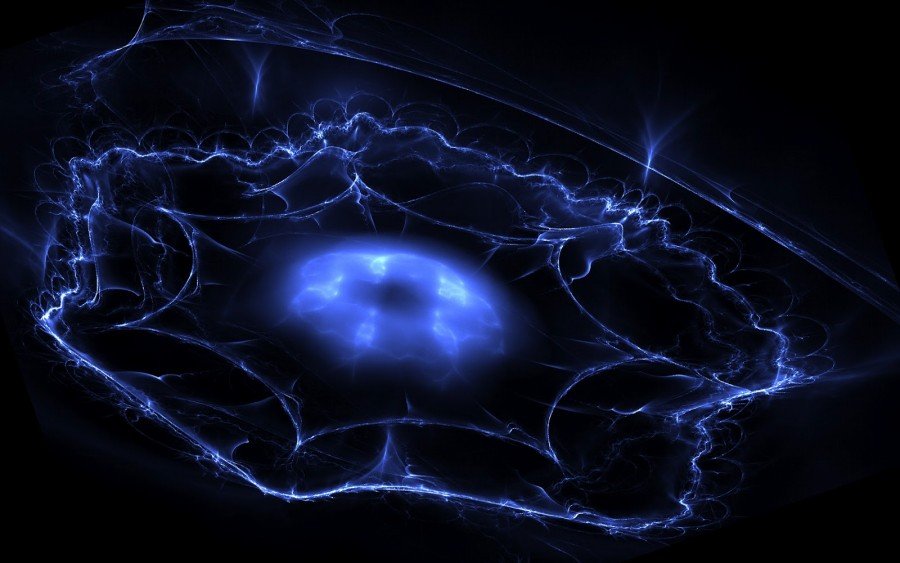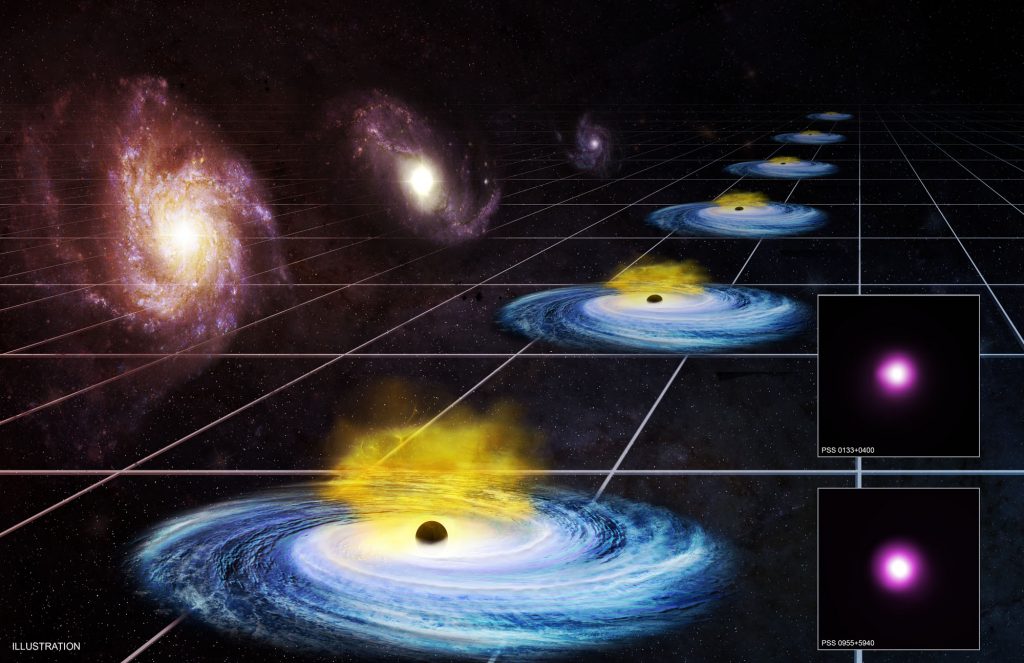Is dark energy hidden in the husks of burned-out stars?
The idea that the expansion of the universe is accelerating is taken as fact today. The cause is a repulsive form of energy, dark energy. But its nature remains a mystery. Now, a team of researchers at the University of Hawai’i in Mānoa have made an interesting prediction in The Astrophysical Journal: dark energy, which is responsible for this accelerated growth, could originate from a giant sea of compact objects spread out in the cavities between galaxies. Since the mid-1960s, physicists have known that the collapse of stars might not produce true black holes, but instead so-called “GEneric Objects…


